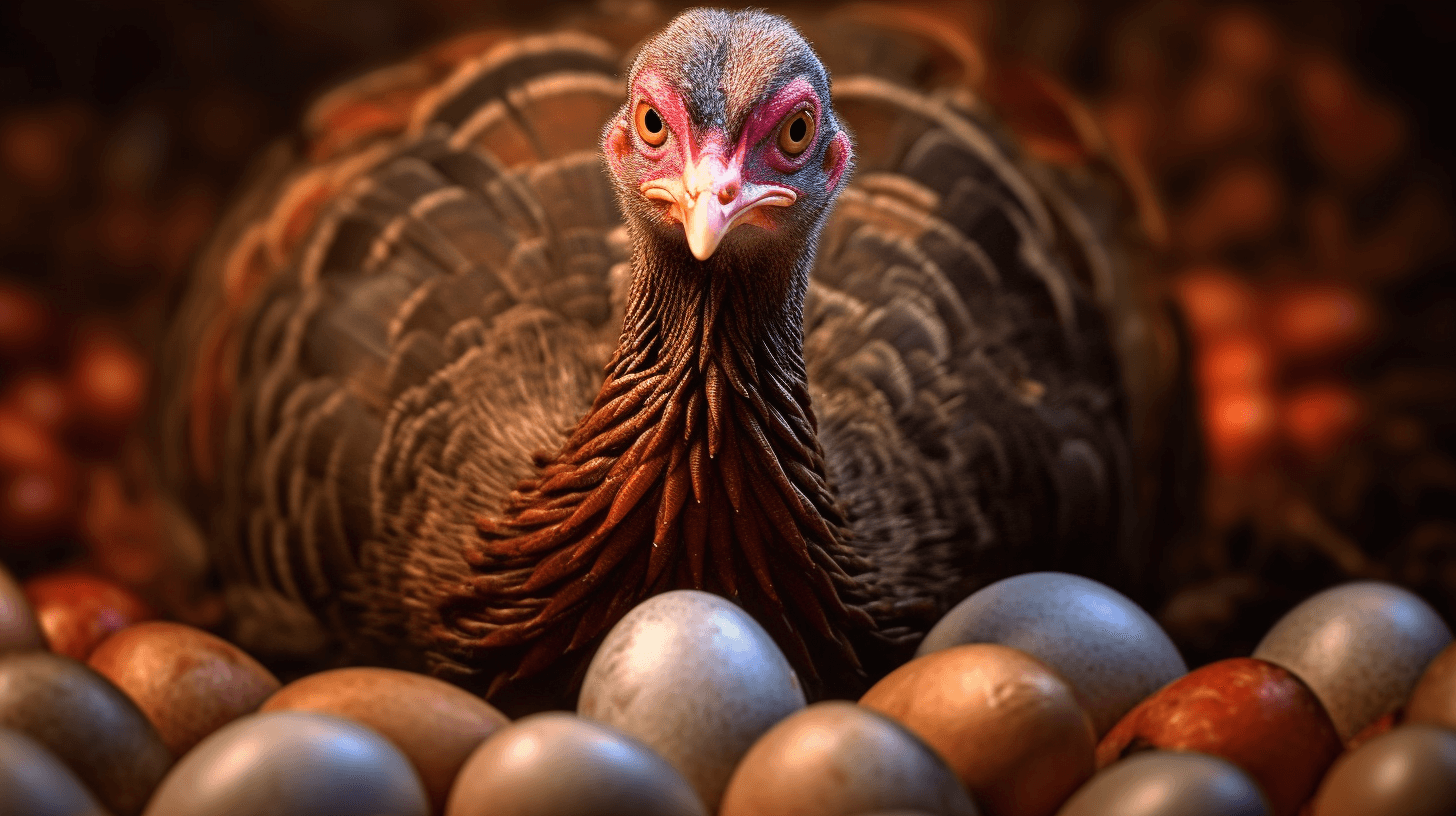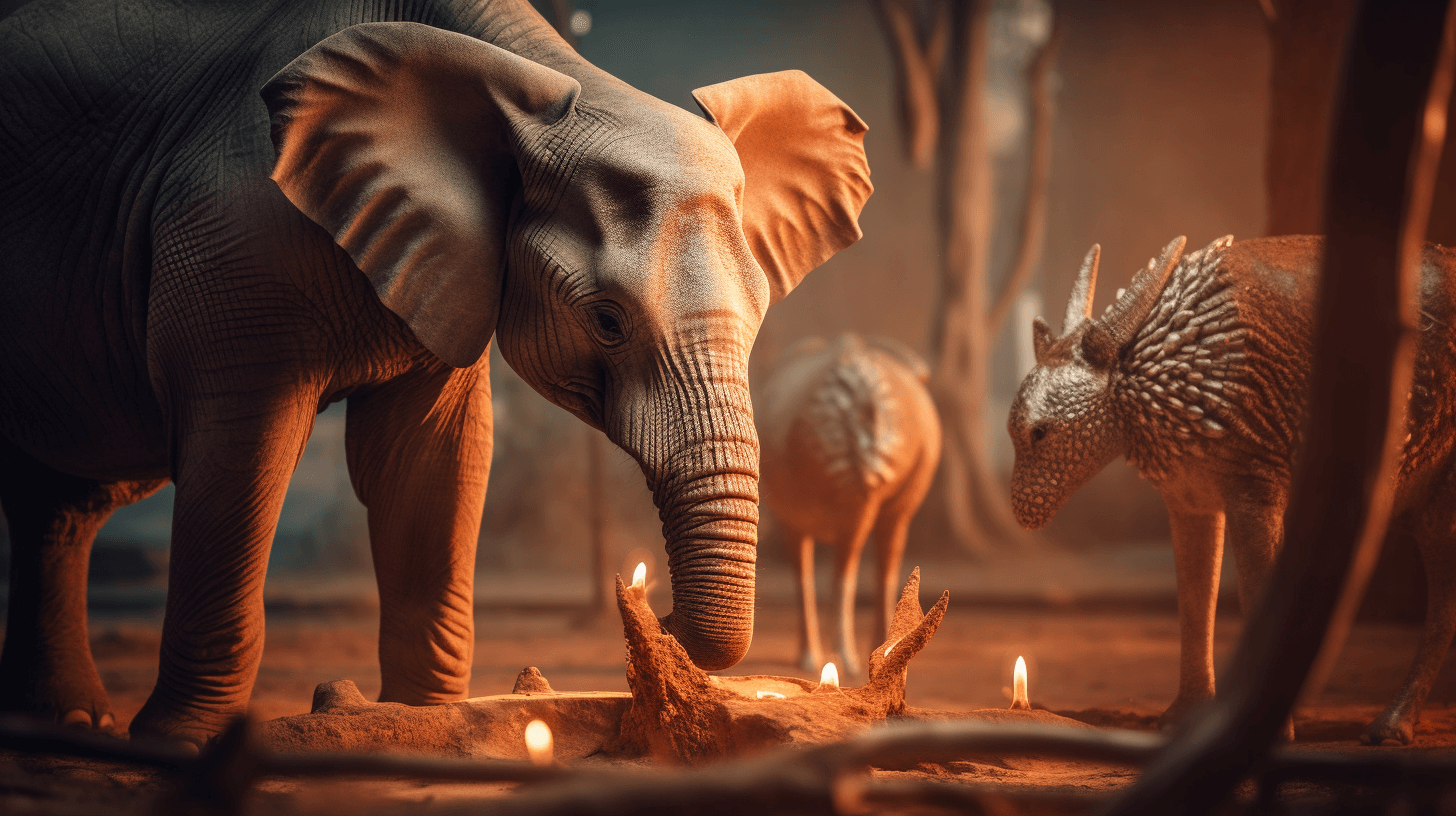🥚🦅 High-Tech Egg Kine Ting Helping Save Da Endangered California Condor
Scientists stay working hard fo’ improve da breeding success of da condor. Their secret assistant: one plastic, 3-D printed, sensor-laden “smart egg.” 🥚🔬
Fo’ two months dis spring, one pair of California condor parents wen carefully take care of one single, enormous egg. Dey wen take turns sitting on top da egg fo’ keep um warm, and dey routinely wen rotate da egg, one behavior believed fo’ promote proper chick development. 🐣🔄
What da birds, part of one breeding population at da Oregon Zoo, no wen notice was dat da egg was one high-tech fake. Da plastic shell, made with one 3-D printer, was stuffed with sensors designed fo’ secretly monitor conditions inside da condors’ nest. 🐦🔍
Fo’ weeks, da dummy egg wen track da nest temperature, log da birds’ egg-turning behaviors and record da ambient sound. Da zoo hopes dis data going allow um fo’ better replicate natural conditions in da artificial incubators dat stay key to its condor breeding efforts. 🌡️🎧
California condors, which can have wingspans of nearly 10 feet, stay critically endangered. So every year, when da birds lay their eggs, da zoo wen take um out of da nest and into da safety of da incubators. Dis strategy get plenty advantages, making some pairs fo’ lay one second egg, enabling da zoo fo’ monitor embryo development and protecting da fragile embryos from condor rowdiness. 🥚🔬
“During breeding season, tensions tend to run high,” said Kelli Walker, da zoo’s senior condor keeper. “And occasionally pairs will get into one fight in da nest room and by accident injure da egg.” (Da chicks are returned to da nest when dey start hatching.) 🐣🔄
Da more closely da zoo can replicate natural conditions in da incubators, da more successful it going be. So Ms. Walker wen ask Scott Shaffer, one animal ecologist and bird researcher at San Jose State University, and Constance Woodman, one bird scientist and expert on conservation technology at Texas A&M University, who together wen make data-logging smart eggs fo’ plenty different bird species. 🦅🔬
Hea’s how dey wen bring da condor eggs into being:
Design da eggs Dr. Woodman wen create one digital model of da imitation condor egg. Da shell had to be thin enough fo’ da internal sensors fo’ detect temperature changes but robust enough fo’ withstand potential avian abuse. (One macaw once wen throw one of Dr. Woodman’s eggs out of its nest, two stories off da ground.) Fo’ make sure da egg no going pop open, she wen design threaded shell halves dat would screw together tightly. “It going stay closed unless you get thumbs,” she said. “Birds no get thumbs, so we in good shape.” 🐦👍
Print da shells Dr. Woodman wen use one 3-D printer loaded with one plastic selected specifically fo’ be safe fo’ birds, which might spend months sitting on top da eggs. “I really, really no like mean well and poison one bird,” she said. Printing each shell wen take 13 hours. 🖨️🕒
So, da kine story stay like dis: scientists stay using one high-tech, 3-D printed, sensor-laden “smart egg” fo’ help save da endangered California condor. Da smart egg wen help dazoo better understand da natural conditions inside da condor nest, and hopefully, dis going help improve da breeding success of da condor. If you like help save da endangered species, every little bit helps. Mahalo nui loa fo’ your kokua. 🤙🌺
NOW IN ENGLISH
🥚🦅 High-Tech Egg Aiding in the Conservation of the Endangered California Condor
Scientists are working diligently to improve the breeding success of the condor. Their secret assistant: a plastic, 3-D printed, sensor-laden “smart egg.” 🥚🔬
For two months this spring, a pair of California condor parents meticulously cared for a single, enormous egg. They took turns incubating the egg to keep it warm, and they routinely rotated the egg, a behavior believed to promote proper chick development. 🐣🔄
What the birds, part of a breeding population at the Oregon Zoo, didn’t seem to notice was that the egg was a high-tech decoy. The plastic shell, made with a 3-D printer, was filled with sensors designed to covertly monitor conditions inside the condors’ nest. 🐦🔍
For weeks, the dummy egg tracked the nest temperature, logged the birds’ egg-turning behaviors, and recorded the ambient sound. The zoo hopes this data will allow it to better replicate natural conditions in the artificial incubators that are crucial to its condor breeding efforts. 🌡️🎧
California condors, which can have wingspans of nearly 10 feet, are critically endangered. So every year, when the birds lay their eggs, the zoo removes them from the nest and places them into the safety of the incubators. This strategy has several advantages, prompting some pairs to lay a second egg, enabling the zoo to monitor embryo development, and protecting the fragile embryos from condor rowdiness. 🥚🔬
“During breeding season, tensions tend to run high,” said Kelli Walker, the zoo’s senior condor keeper. “And occasionally pairs will get into a fight in the nest room and accidentally injure the egg.” (The chicks are returned to the nest when they begin hatching.) 🐣🔄
The more closely the zoo can replicate natural conditions in the incubators, the more successful it will be. So Ms. Walker enlisted Scott Shaffer, an animal ecologist and bird researcher at San Jose State University, and Constance Woodman, a bird scientist and expert on conservation technology at Texas A&M University, who together have made data-logging smart eggs for many different bird species. 🦅🔬
Here’s how they brought the condor eggs into being:
Design the eggs Dr. Woodman created a digital model of the imitation condor egg. The shell had to be thin enough for the internal sensors to detect temperature changes but robust enough to withstand potential avian abuse. (A macaw once threw one of Dr. Woodman’s eggs out of its nest, two stories off the ground.) To ensure the egg would not pop open, she designed threaded shell halves that would screw together tightly. “It will stay closed unless you’ve got thumbs,” she said. “Birds do not have thumbs, so we’re in good shape.” 🐦👍
Print the shells Dr. Woodman used a 3-D printer loaded with a plastic selected specifically to be safe for birds, which might spend months incubating the eggs. “I really, really don’t want to mean well and poison a bird,” she said. Printing each shell took 13 hours. 🖨️🕒
So, the story is this: scientists are using a high-tech, 3-D printed, sensor-laden “smart egg” to help save the endangered California condor. The smart egg is helping the zoo better understand the natural conditions inside the condor nest, and hopefully, this will help improve the breeding success of the condor. If you want to help save endangered species, every little bit helps. Thank you very much for your support. 🤙🌺







